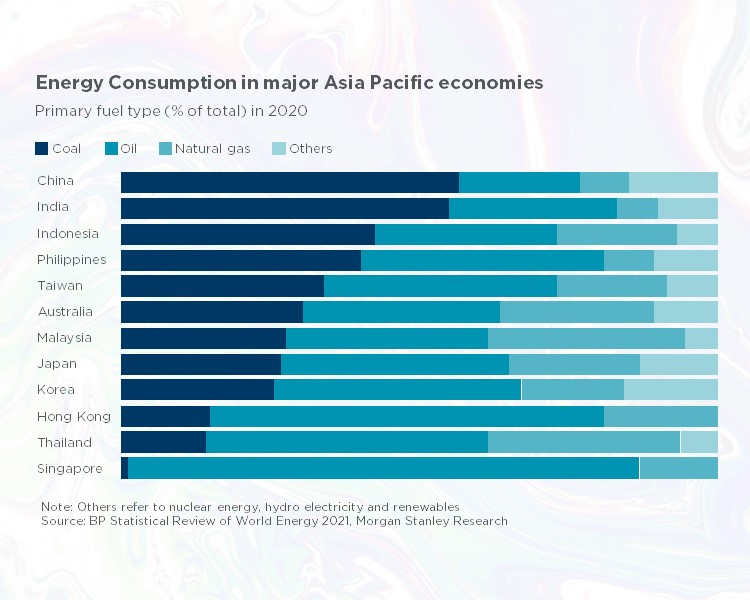Coming out of COP26, the end of coal is in sight with more than 40 countries, including major players across Asia Pacific committing to phasing down coal. Exciting country commitments include Indonesia, Vietnam, South Korea and Singapore, as well as the strengthened net-zero commitments of Japan made earlier this year. In a new ‘Global Coal to Clean Power Transition Statement’, countries also committed to scaling up clean power and ensuring a just transition away from coal.
What is the coal pledge?
COP26 saw the mention of fossil fuels and coal as a first-time appearance in negotiations. Signatories to the agreement have committed to phasing down all investment in coal power generation domestically and internationally. The commitment also means that countries have agreed to phase down coal power within the next decade for major economies, and in the 2040s for poorer nations. The terminology ‘phase down’ is a revision of the wording originally agreed in week 1 which committed to ‘phase out’ but was subsequently replaced in the final weekend of negotiations.
Dozens of organisations also signed up to the pledge, with several major banks agreeing to stop financing the coal industry.
"Asia Pacific accounts for 52% of global emissions from COP26 – 2021"
To supplement the transition, developed countries have pledged to supporting developing countries to expedite their transition to renewable energy. A number of commitments and pledges have been made which collectively equate to an estimated $17.6bn a year in public support repositioned from fossil fuels to clean energy.
Asia Pacific is leading the way with announcements from China, Japan and South Korea to end overseas coal financing, and looking to implement requirements through regulation in their countries.

The role of buildings in the transition
There has been a 76% drop in the number of new coal plants planned globally over the last six years since the Paris Agreement was adopted. This equates to the cancellation of more than 1000GW of new coal energy.
Real Estate is specifically dependent on grid drawn energy in all countries, and so how each country tackles the transition to renewables will differ. For countries like China and Australia, that are dependent on gas energy, electrification of our properties is going to be crucial to supporting and realising a smooth transition away from fossil fuels to renewable energy.
Many countries including Japan, have recently announced grants to support buildings in transitioning. This is an opportunity many building owners, occupiers and managers should be taking advantage of, including broadening the consideration of funding to green financing for these upgrades. Arguably, across most Asia Pacific countries, the building sector will be the quickest to decarbonise and will lead the way.
Building decarbonisation is going to be important in supporting the transition away from fossil fuels. In order to ensure that renewable energy is successfully adopted across our regional economies, we must realise as much efficiency in the energy end-user asset as possible. This will support grid firming (keeping the grid stable in the face of potential wind, solar, and hydro intermittency) and reduce demand which could drive outages and black-outs. Energy efficient and electrified buildings that take advantage of clean energy technologies reduce stress on the electricity network, realise reduced electricity consumption and contribute directly to the reduction of national emissions.
Building decarbonisation or transition strategies should address:
- Energy efficiency
- Increased on-site renewable energy
- Electrification of buildings
- Demand management
As such, buildings and the real estate industry will have an important role to play in the transition that has been committed to at COP26.
With this view, Cushman & Wakefield’s Melbourne and Sydney offices are progressing towards net zero for our direct emissions by pursuing high energy efficiency – 5.5* NABERS ratings at both tenancies, and 100% green energy to ensure zero direct emissions associated with the operations of these tenancies. As Cushman & Wakefield continues towards our 2050 net zero commitment globally, we will work towards net zero for all of our Asia Pacific offices.


